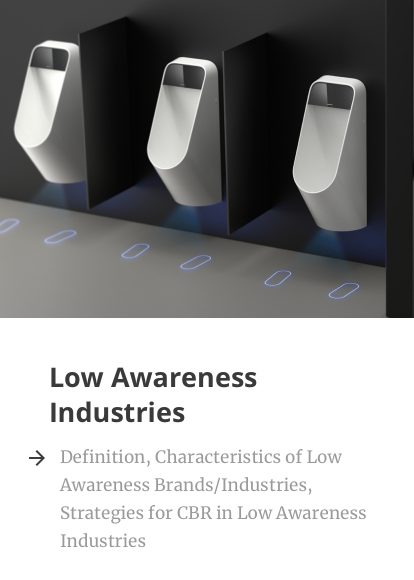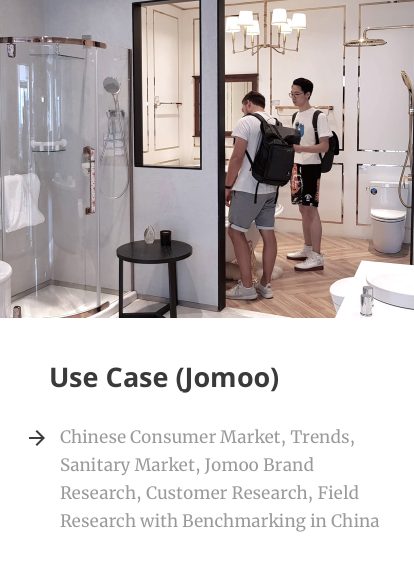By Stefan Riehle, Yijian Lan & Alexander Kübler — Strategic Design Masterthesis Project. Time Frame: Sep. 18 -Feb. 19.
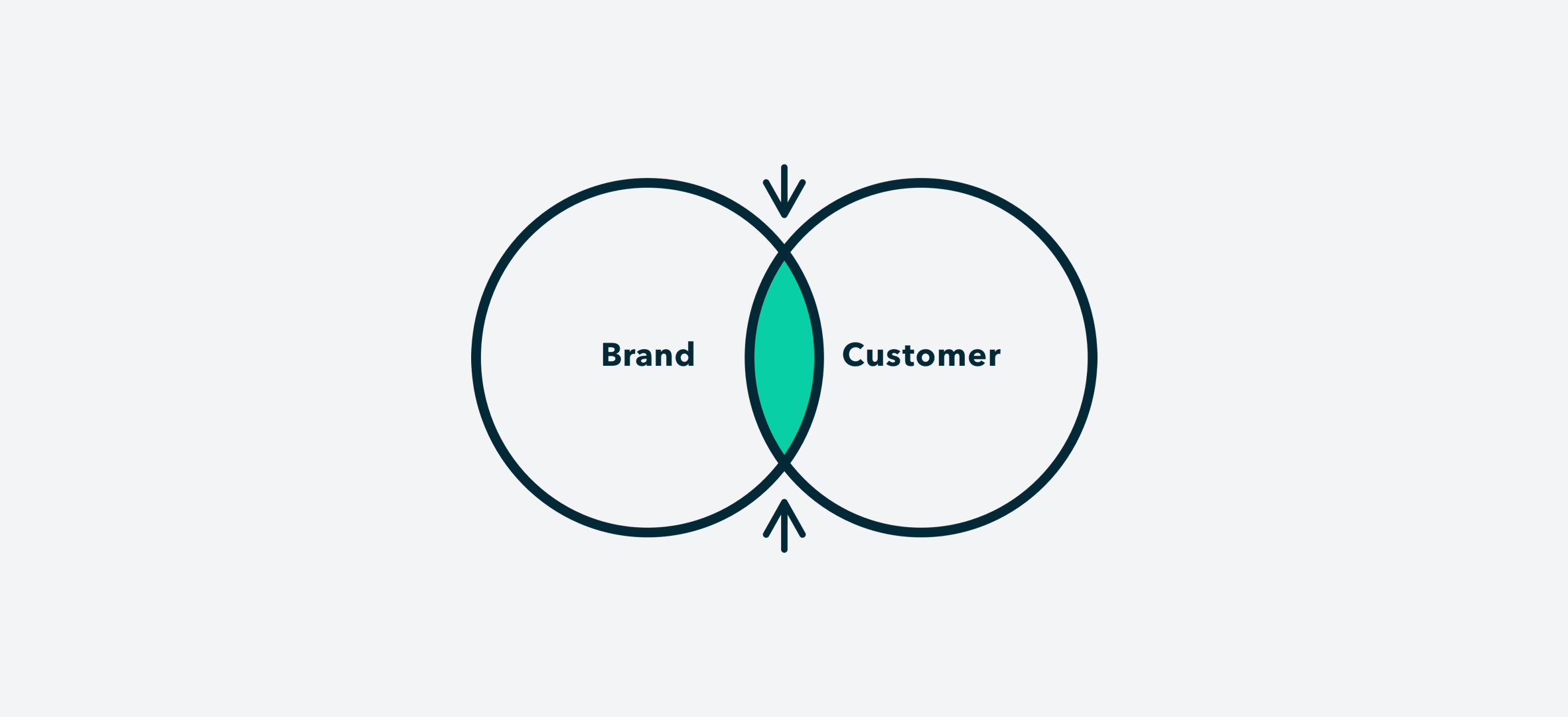
Consumer Brand Relationships In The Dynamic World Of Retail

Background
In our project, we explored the role of strategic design in the context of retail and relationship building and how design processes and the design of brand experiences can support them.
The goal was to find a use case that would allow us to analyze the customer brand relationship, identify issues and opportunities, and develop innovative strategies that essentially differentiate our project use case from the competition.
A need to change
Today’s retail is undergoing constant change. Megatrends such as digitization and emotionalization are affecting brands. The markets are overcrowded, brands and their products are increasingly difficult to distinguish from competitors. Anyone who does not adapt sooner or later loses not only personality, but also the relation to the consumer and customer. The fear of change paralyzes many retailers and leads to imitation. However, this could be the greatest danger in times when uniqueness is needed.
Artificial Intelligence by Andy Selimov
Our Use Case „Jomoo Group“
Jomoo is a Chinese sanitary brand. It founded in 1990, headquartered in Fujian and is one of the largest manufacturers and suppliers of sanitary ware products on the Chinese market.
Jomoo has a powerful sales system in China in the online and offline retail segment. The online stores on Taobao and Jingdong are market leader in the field of sanitary products – with distance. But also the distributive network in the offline segment is well developed. Besides 4.000 showrooms Jomoo has 50.000 retail stores and 80.000 service employees.
Problem
In the past few years, because of the technology revolution and new trends, the Chinese consumer market has undergone tremendous changes. At the same time, international brands in China are trendy. These factors pressure not only Jomoo but also other local brands.
At the moment Jomoo has problems with brand awareness, reaching young target groups as well as selling products in the premium price segment although the manufacturer provides excellent product quality and innovative solution. Apparently, the problem is not the internal infrastructure but a lack of a significant Customer-Brand Relationship.
In this case, we want to tackle the topic differently. We will design strategies and specific solutions to help the Jomoo Group to establish a sustainable Customer Brand Relationship.
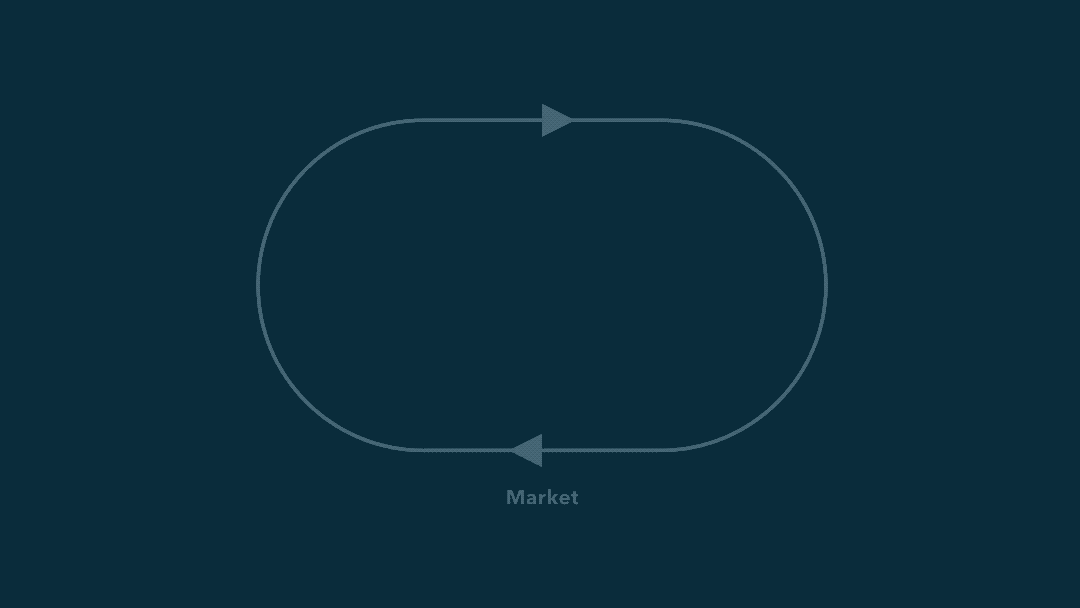
HBX - Holistic Brand Experience
Solution 1– „Tymo“ Facility Finder
Idea–An expandable service that improves everyday experience with public facilities.
Goal–1. Sustainable customer awareness for Jomoo, 2. Better customer brand relationship basis, 3. Social value and impact
Strategy 1 - Tymo and how it works
What Value offers the service?
For the customer– 1.Easy need fulfillment, 2. Better experience with facilities, 3. Win-win situation (rewards)
For Jomoo– 1.Constantly growing awareness through an expandable service model, 2. Better image, 3. Good relationship basis, 4. Service as a differentiation factor, 5. Relevant data = new possibilities, 6. New service partners = new possibilities
Thoughts–For this Strategy we first asked ourselves, what does Jomoo as a company offer its customers? The physical answer is sanitary products, but emotionally much more. For example well-being, trust, hygiene, quality, relaxation and satisfaction in your own bathroom.
Can we take these emotions and services from Jomoo and place them beyond the regular customer journey? We wanted to find out how we can rethink the placement of a sanitary brand in our everyday life. During our research, we noticed an important point that has a lot of potential. The area of public facilities.
Because especially in public areas, different facilities are usually associated with bad experiences. And connecting these facilities with good experiences can be a great opportunity for Jomoo. And so we designed the Jomoo Facility Finder.
Solution 2–Borderless Customer Experience
Idea–Connect the customer experience inside and outside the stores (seamless and customer centric)
Goal–1. Optimizing the shopping experience, 2. Online & Offline merging
Strategy 2 - How it works
What Value offers the service?
For the customer– 1. Customer-oriented purchasing process, 2. Promote industry progress
For Jomoo– 1. Differentiation, 2. Tangible brand values
Thoughts–Currently, the purchase process in the sanitary sector is very linear and complicated. Customers always have to go back and forth between their own home and the store to get information. With this strategy, customers should be able to retrieve the necessary information at any time and their purchasing process should be more seamless and stress-free. With an optimal connection of online and offline services Jomoo should differentiate itself from the competition.
When customers need sanitary ware, they usually do not know exactly what they want, where to get the information they need, and how to set up their bathroom. This leads to complications during the purchase process, especially for customers planning their first home. Unplanned customers put their entire trust in the service staff and are disappointed if they can not meet their exact expectations.
Process
- We have not only created strategies we have also created a transferable process that can be used to develop design strategies. And if we simplify our process we have 7 different levels:
Team
- Stefan Riehle (Strategic & Industrial Designer);
- Yijian Lan (Strategic & Interaction Designer);
- Me (Strategic & Interaction Designer)
My Role
- UI/UX Design
- Strategy Development
- Isometric Design
- Prototyping
- Sketching
- Documentation & Layout
Our Project Process
1. Kick off
We started by basing ourselves on the dynamic subject of retail with ideas, sticky labels, books and websites. We looked at the latest changes and trends and above all what interests us and is suitable for us as a interdisciplinary team. For this we have defined an initial plan (which has changed many times during the project) and distributed the individual roles.
2. Research
The aim of our project was to put the collected knowledge into practice. And this in the form of design strategies designed to sustainably improve the relationship between customer and brand. For this reason, it was important for us to understand which trends and changes are currently taking place in the retail sector and what role we as strategic designers can play in them.
The focus of the work was the analysis of customer brand relationships, which includes a detailed analysis of our use case, its customers and the surrounding ecosystem.
3. Synthesis
Jomoo as a sanitary brand is one of the brands which get little or no attention from the general public (part of the Low Awareness Industry).
Our goal is to overcome the disadvantages of Low Awareness Industries and figure out solutions to help Jomoo to establish an excellent customer-brand relationship in the retail market. According to our findings, we want to set our focus on the stages of ‘Awareness’ and ‘Interest’. Based on the “How might we” questions and OpportunityAreas, two strategies will be developed for Jomoo.
4. Ideation & iterative Design
For generating, developing, and communicating new ideas we used methods like Brainstorming, Mindmaps, Cardsorting, Sketches, Personas, Storyboards, Workshops, Interviews and Prototyping. These methods have helped us to provide an accurate overview of the structure of our services and their digital interface.
5. Design & Strategy
Our two strategic concepts were developed in parallel and designed iteratively. It was important to us to design a fresh, appealing design style, which one does not know from the sanitary industry. The service blueprints are intended to give Jomoo accurate understanding of the services and their processes. This allows specific steps to be taken for further project progress and implementation.
Final Design–Strategy 1
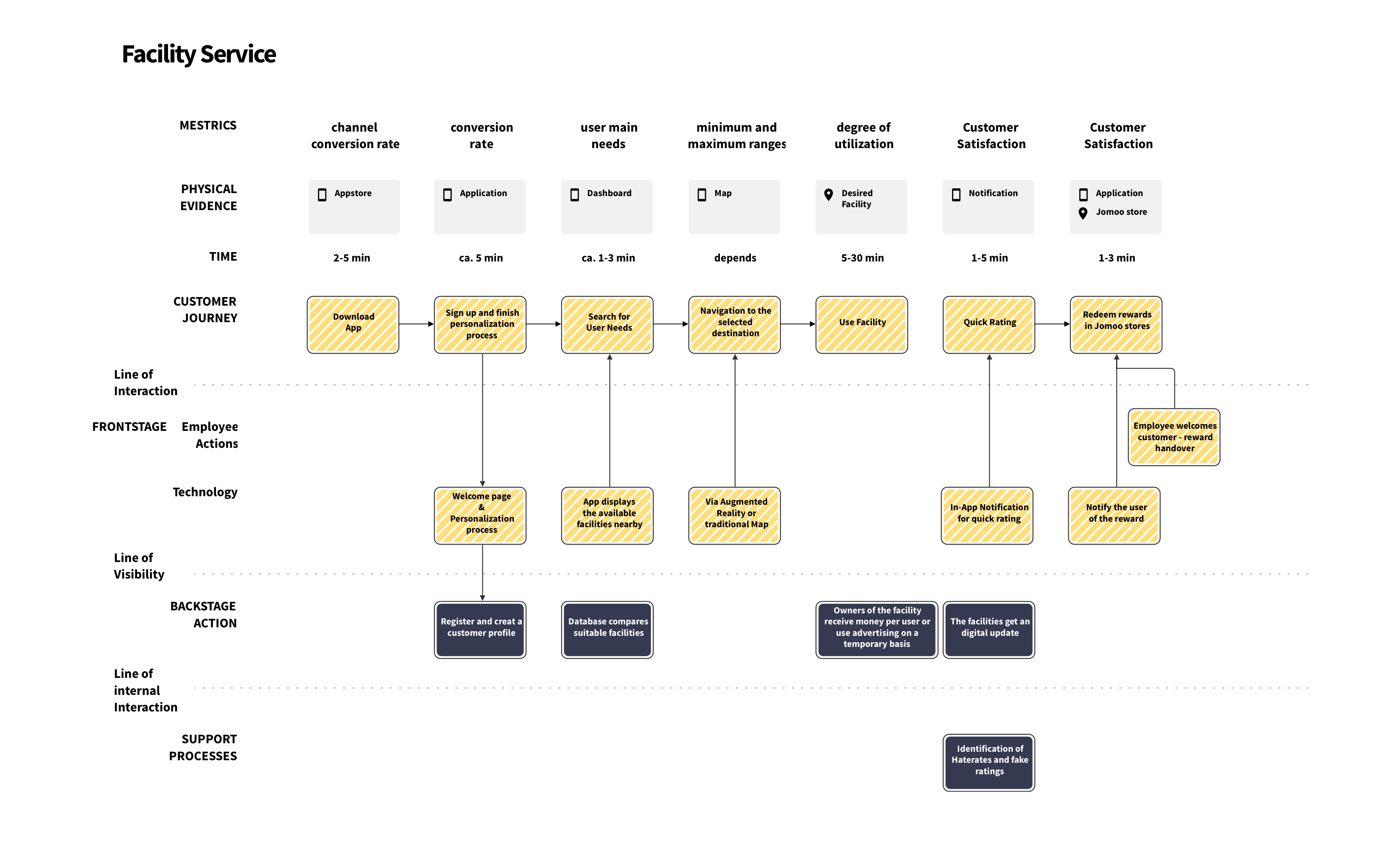
Service Blueprint–Strategy 1
Final Design–Strategy 2
Service Blueprints–Strategy 2
Conclusion
When it comes to relationships there is one overarching insight we have learned through our process: you can only work on yourself. It is not possible to change or influence people in the long term. It is not possible to force someone into a feeling or a way of thinking, to convince him of something that does not correspond to his nature. You can design experiences that fulfill customer needs that are easy to understand and easy to use. But you cannot make it personal, make it to something an individual bonds to, it has to do it for itself.
As designers, we can only shape the personality one can fall in love with. We have to create the characters that provide the basis for relationships. This requires behavior patterns, appearance and interactions to be seen as part of these higher-level personalities and designed accordingly. If someone identifies with it, this holistic experience can be a foundation for an emotional relationship.
Thanks for your interest–If you have questions and are more interested in our project feel free to send an email or contact me on LinkedIn.
Acknowledgements
We would like to thank our supervisors, Prof. Dr. Susanne Schade Young and Carmen Hartmann-Menzel, for the patient guidance, encouragement and advice they have provided through our masterthesis.
We would also like to thank all the employees of the Jomoo Group especially Johann Dück and Yunwei Zhu who have supported us throughout the entire project and have made many things possible for us. We also thank Christopher Stehr for the time, suggestions and advices he has given on our project in relation to retail, and the role of emotions and marketing.
And most importantly, I thank my great teammates Yijian Lan and Stefan Riehle for this exciting time full of fun and unforgettable moments.







